Photos of dividing large mature hosta clumps
6 years ago
Featured Answer
Sort by:Oldest
Comments (9)
- 6 years ago
- 6 years ago
Related Discussions
Hosta website for i.d., and To divide or not to divide?
Comments (16)Regarding location of planting...I am in Wisconsin...and have hostas in the sun and shade. I think you have to consider your own habits and lifestyle. A big, beautiful hosta in full sun with a big ugly sunburn is not attractive. My S & S got sunburned last year when I was away for a long weekend, and it looked bad the rest of the year to me. Think about the hostas planted out in front of businesses in stone...they usually look decent through June, and then they are an ugly mess for the rest of the season. I am a lazy gardener when the July/August heat waves hit and I also like to travel. No one in my family but me cares about the hostas, and I can't afford to hire someone to water when I am away. For all those reasons, I don't really like to plant my hostas in full sun if I don't have to....See Morereally old, overgrown, never divided hostas..need some advice
Comments (14)whatttt?????? you said: They look a little ridiculous as the leaves are sooo crowded. that is kinda the whole point of a mature clump of hosta ... no need to EVER divide a clump .... unless you need the exercise ... but if you want to dig them up year after year ... feel free .. they are your hosta .... most hosta start looking ratty in august .... so that is a good time to dig and divide .. yes.. they will look like heck for the rest of the year ... but will be just peachy in spring ... dig up half the clump.. insert shovel.. jump on it until you get through it... then rip out half ... or quarter it ... or do surgery down to 1000 individual pieces ... as long as it has the leaves.. a piece of crown and a root .. it will probably grow .... or just throw them on the driveway and run them over a few time.. and plant the bits and pieces .. and you will have a 1000 new plants ... they are hosta.. you are going to have to try real hard to kill them ... good luck ken...See Morewhere to buy mature hostas
Comments (6)Congrats on your first home! While I usually advise against buying mature hosta, I can see your point. First, lemme explain that there's a difference between a mature hosta and one with more than 3 eyes. Mature hostas have typically been left in a hole, untouched for more than 3 years.... Some hosta, depending on conditions, could take 10 years or more to mature. The roots cannot mature if a spade is taken to them for moving/division. Monrovia (the company whose plants are in dark green containers with "Mondrovia" on the sides) sells large divisions of hosta ($40+ a pot), but since they were probably field grown and divided to fit into the pot, their roots will have been severed. They may look good in a pot at the garden center this year, but there's a good chance that transplant shock on a large hosta will be great. If I were you, I'd look on Craigslist. Since it sounds like you've no intention to stay in this home long, you probably are looking for a quick, yet economical fix. There are people on my local craigslist who will allow you to come and dig out their hosta for nearly free. Good luck....See MoreThe Bigest Hosta clump on Earth ???
Comments (13)That picure of Ken's Elatior is not representative. I was going to post a picture of I have of last June, but I forgot you can't do that here (no time for Photobucket). You have some others that are bigger, no? The other question that could be asked is how tall? Empress Wu is supposed to be it. Clarence Owens has a seedling of Elatior x High Noon that has to be close to four feet tall. One can sit under it and have it not touch your head. It is amazing. The leaves on Big John can be 18" wide. Cylops may be even bigger and only a four or five years old. Jerry...See More- 6 years ago
- 6 years ago
- 6 years ago
- 6 years ago
- 6 years ago
- 6 years ago
Related Stories
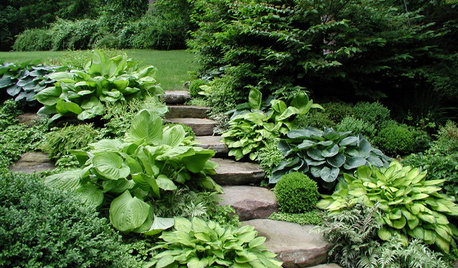
FLOWERS AND PLANTSShade-Loving Hostas Shine in the Garden
With thousands of hostas to choose from, you’re sure to find the perfect plant for your garden
Full Story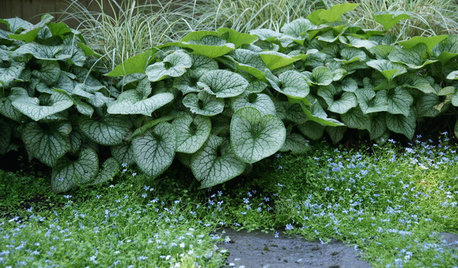
GARDENING GUIDESHosta Alternatives for the Shaded Garden
Discover which foliage plants to use instead of or in addition to hostas in the landscape
Full Story
LANDSCAPE DESIGNPatio of the Week: Mature Trees and Shade Drive the Design
An Illinois backyard gains an outdoor kitchen, dining area, pergola-covered lounge and meditative area
Full Story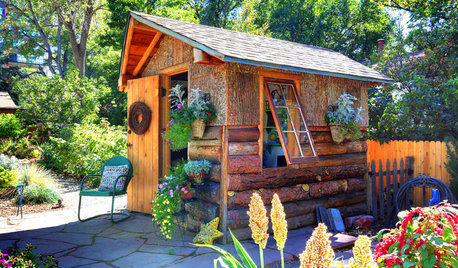
SUMMER GARDENINGPhoto Gallery: Summer Gardens Take a Bow
Home gardeners amazed us with photos of their flower beds, sheds and outdoor rooms. Take a look and get ideas for fall planting time
Full Story
MORE ROOMSCreating Rooms with Multiple Conversation Areas
Arrange a Large Living Room With Several Spots to Sit
Full Story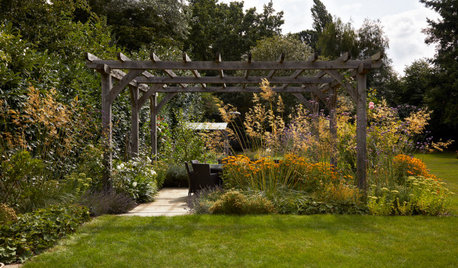
INSPIRING GARDENSOutdoor Rooms and Soft Plantings Fill an English Country Garden
When a mature garden needed a redesign, a landscape designer blended old and new to create harmonious outdoor spaces
Full Story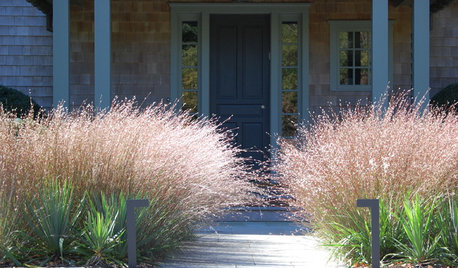
GARDENING GUIDESHow to Create Beauty in Your Garden With Ornamental Grasses
Find out how to cut back and divide ornamental grasses for garden style, structure and romance from season to season
Full Story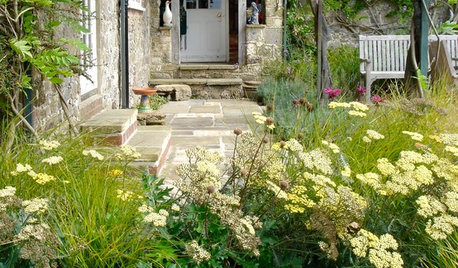
HOUZZ CALLShow Us Your Cottage Garden!
How’s your cottage garden coming along? Please share your photos and details with the Houzz community
Full Story
GARDENING GUIDES6 Dependable Ground Covers for Warm Climates
Swap some lawn for these drought-tolerant clumping plants — and watch your maintenance efforts diminish while they easily grow
Full Story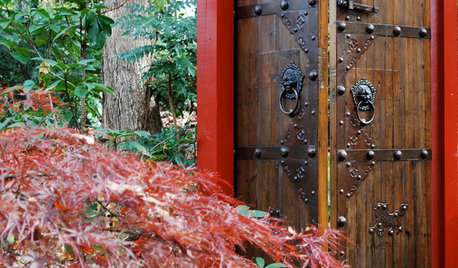
PHOTO FLIP77 Gorgeous Garden Gates
Enjoy these enticing entryways and the magical gardens beyond their doors
Full Story


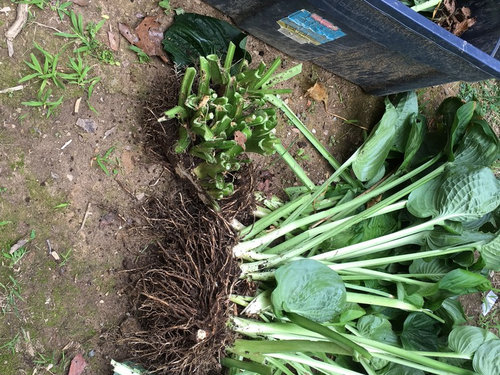
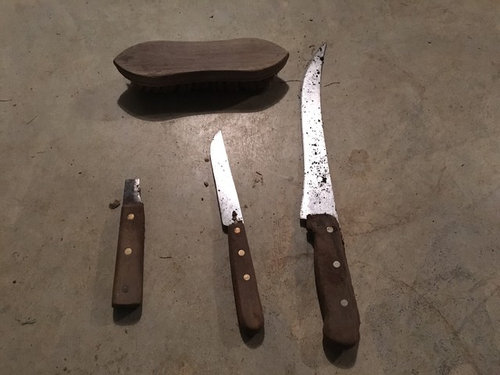

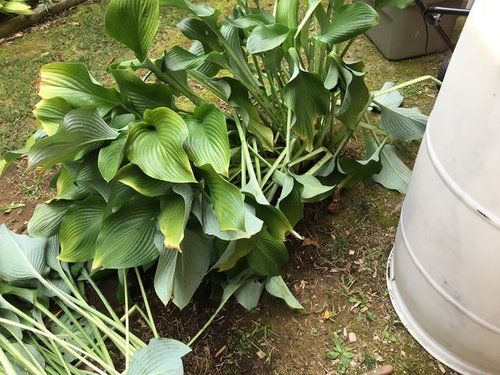
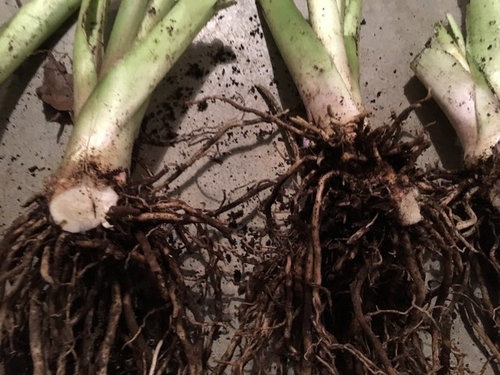
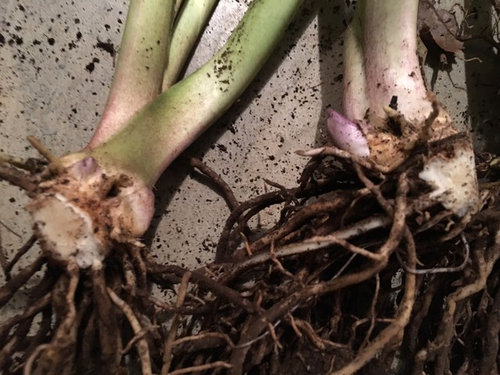
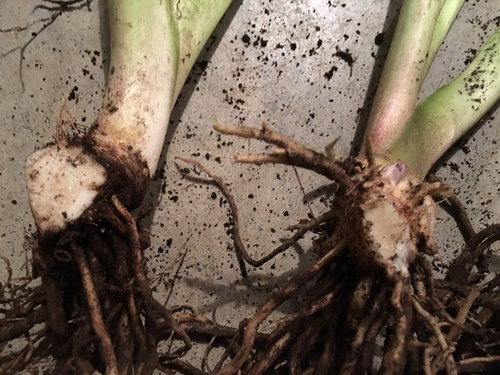
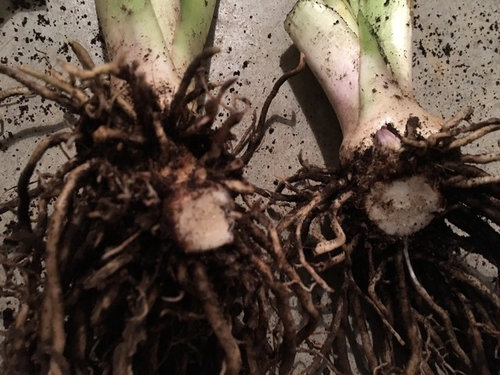
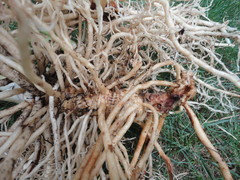
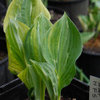
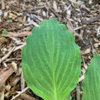


brucebanyaihstaOriginal Author